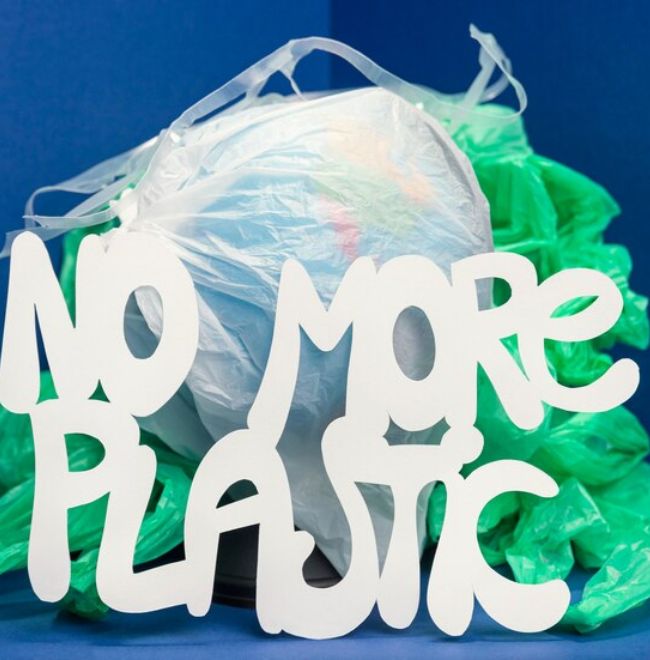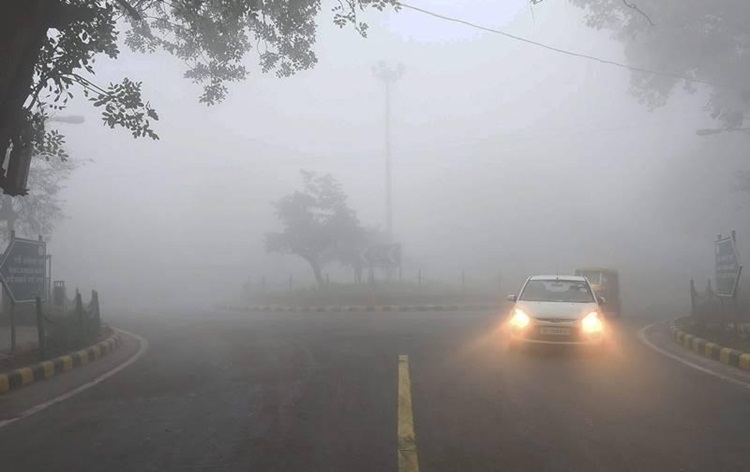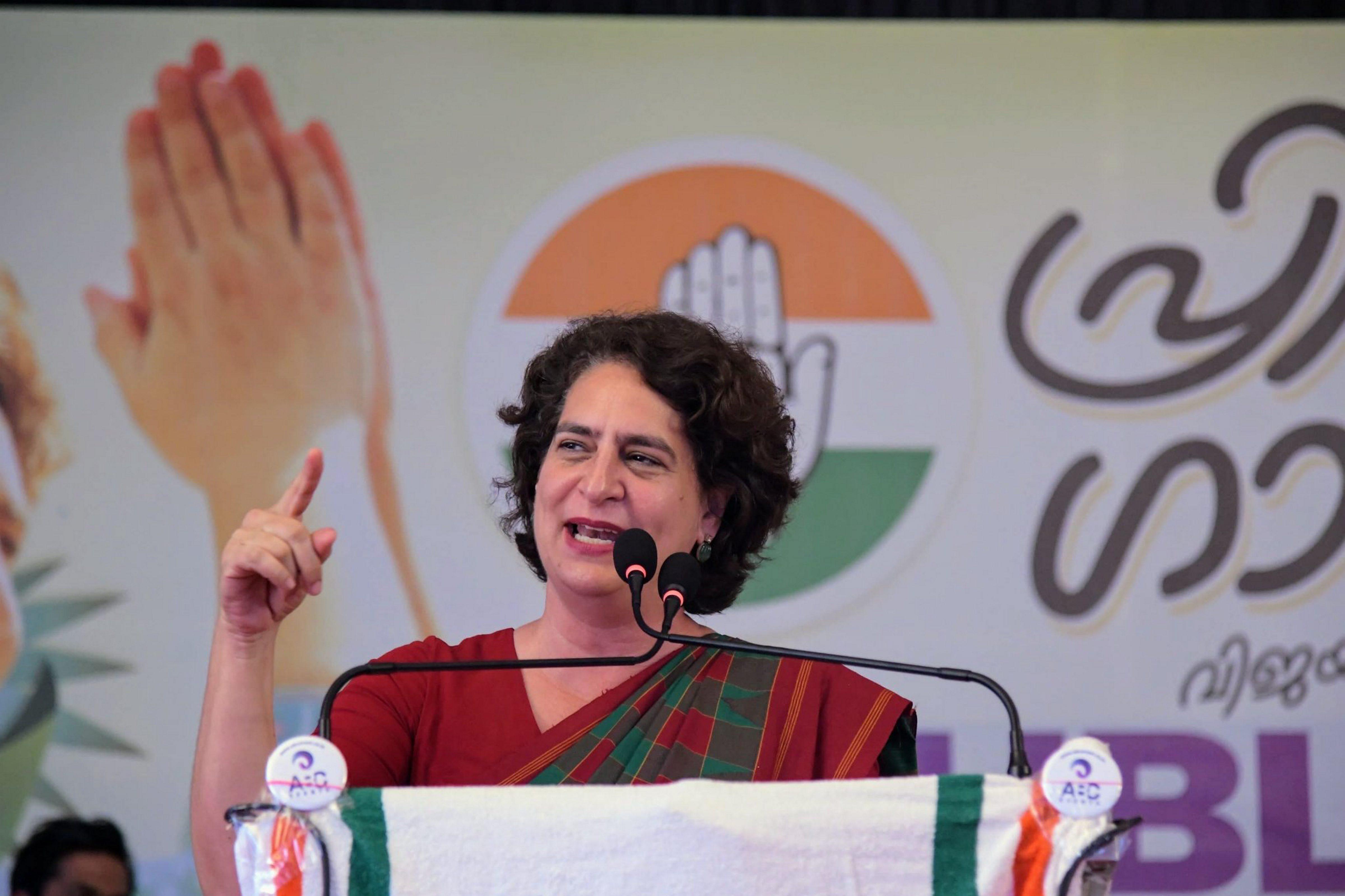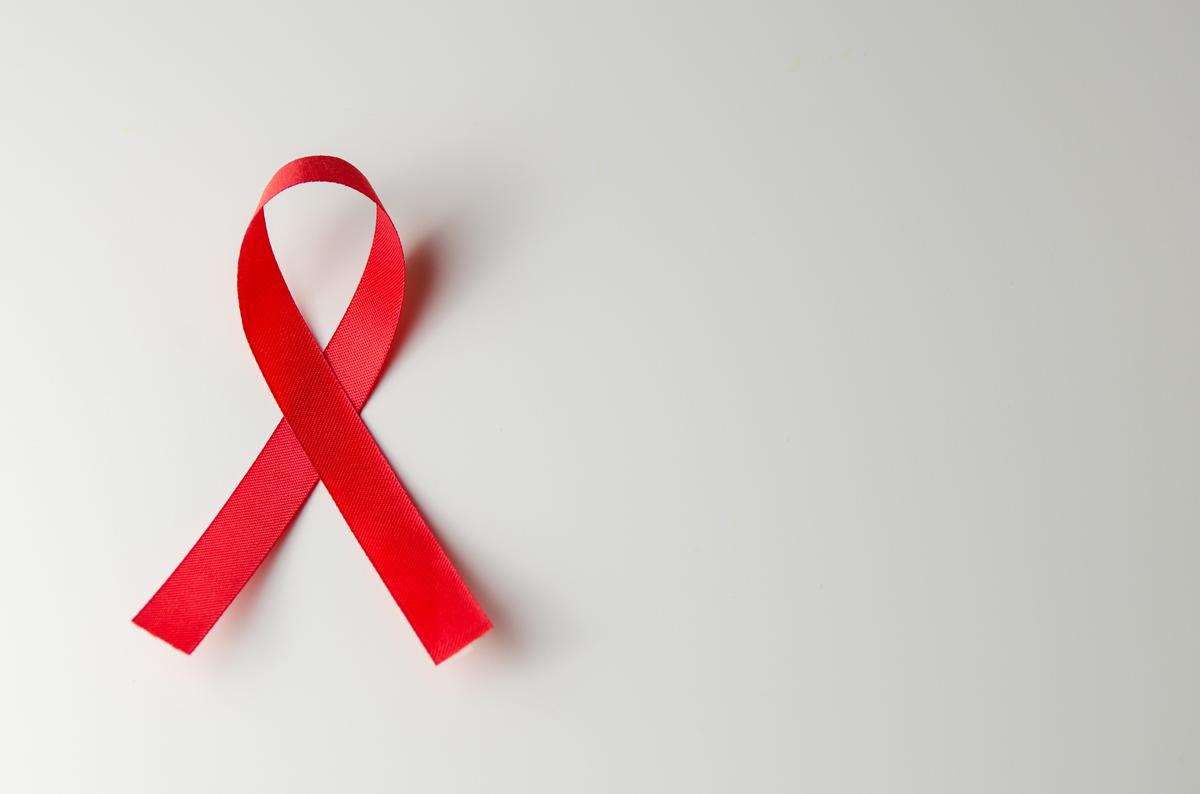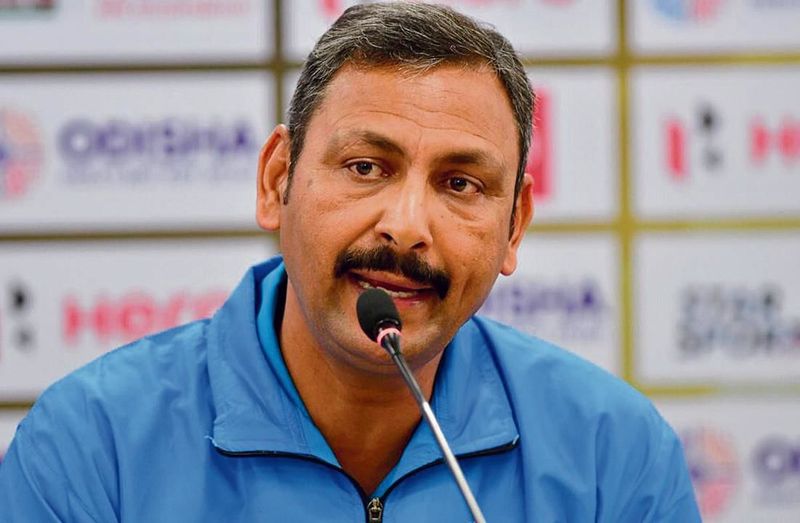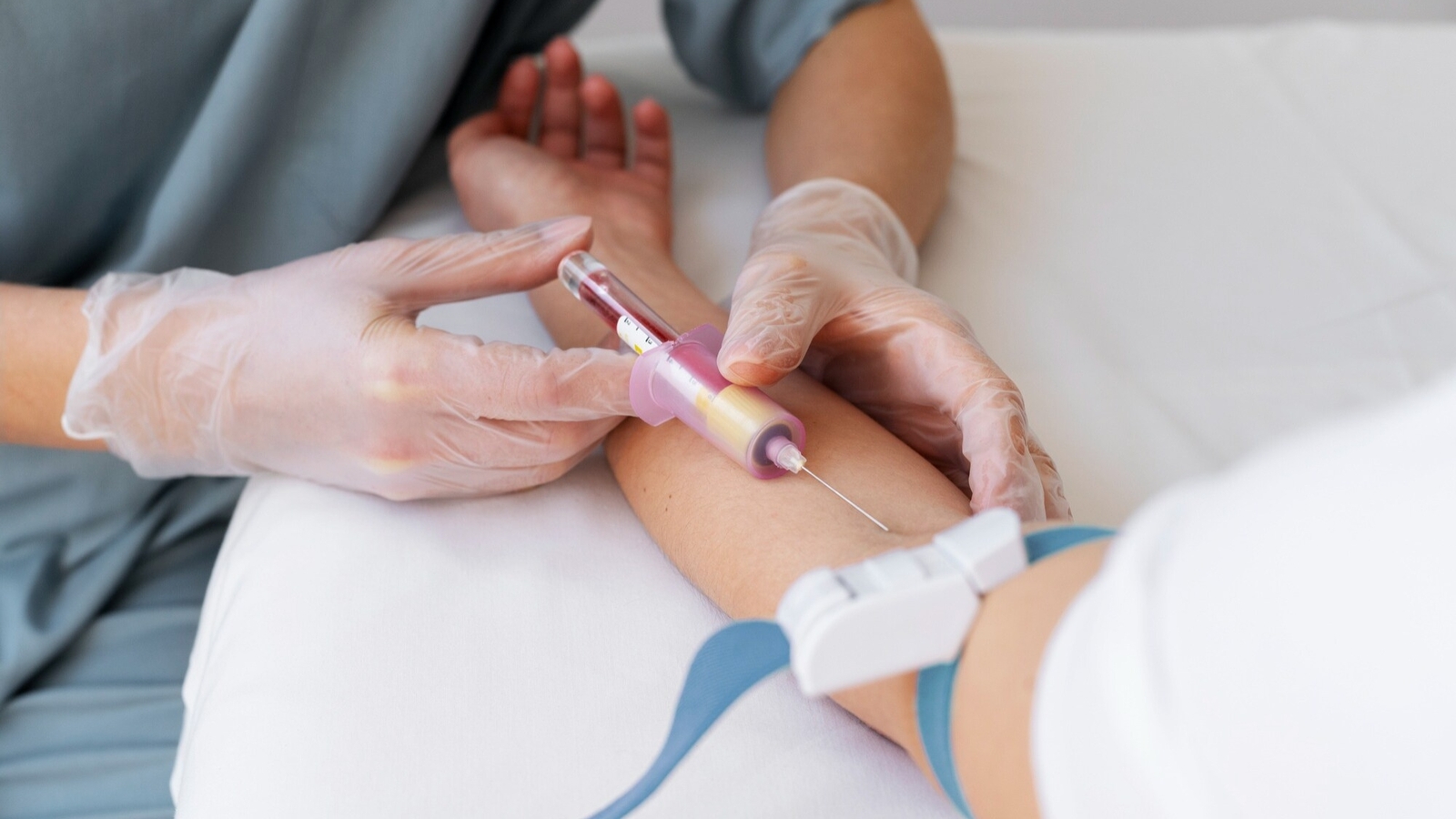Microplastics Found Threatening Goa’s Estuarine Fish and Human Health
- bykrish rathore
- 15 October, 2025
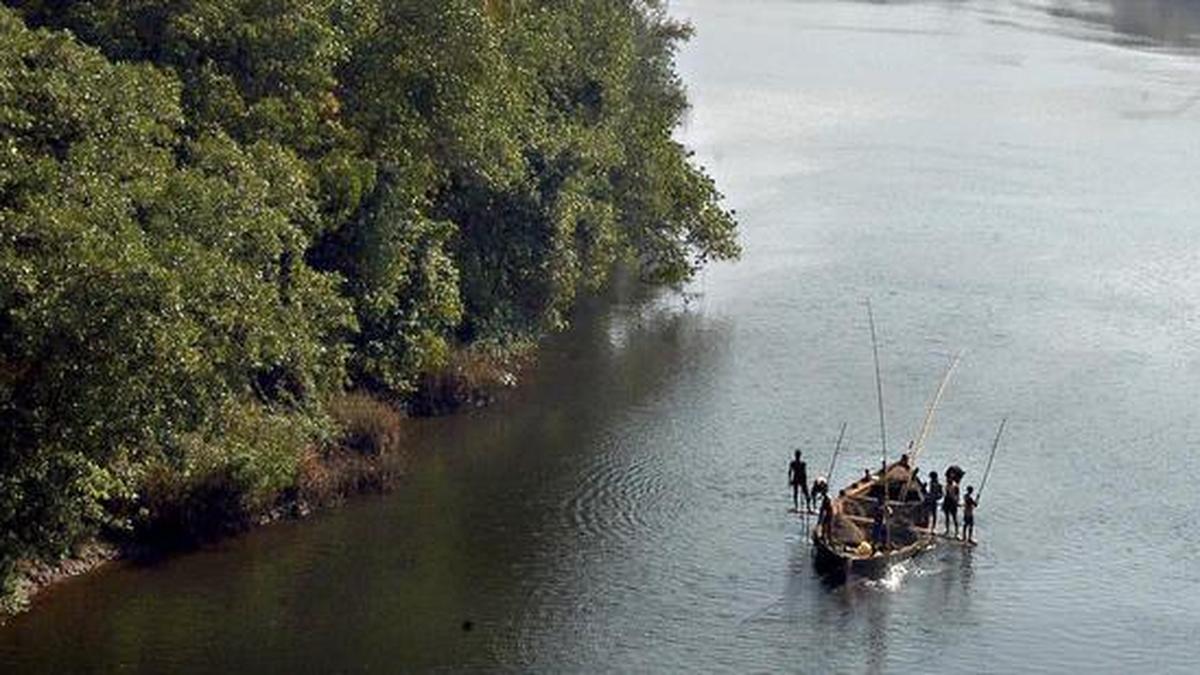
Goa, often celebrated for its pristine beaches and vibrant coastal ecosystem, is now facing a silent but growing environmental threat — microplastic pollution. Recent studies have found alarming traces of microplastics in the Mandovi and Zuari estuaries, two of the state’s most vital water bodies that sustain its fisheries and serve as an important food source for local communities.
Microplastics are tiny plastic fragments, typically smaller than five millimetres, that originate from the breakdown of larger plastic waste or from direct industrial sources such as synthetic fibres, cosmetic microbeads, and packaging materials. While these particles are nearly invisible to the naked eye, their presence has begun to disturb the delicate balance of Goa’s estuarine ecosystems.
According to marine researchers, fish and shellfish collected from Goa’s estuaries now show measurable quantities of ingested microplastics. These particles, once consumed by small organisms, gradually travel up the food chain, affecting larger species — including those commonly caught for human consumption. As a result, what begins as pollution in riverbeds can ultimately end up on the dinner plate of unsuspecting consumers.
Experts warn that the accumulation of microplastics in marine organisms poses a dual threat — ecological and human. For aquatic life, these plastics can lead to intestinal blockages, impaired feeding, and even reproductive harm. For humans, the concern is more insidious: repeated exposure to microplastic-contaminated seafood could introduce harmful chemicals such as phthalates, bisphenol A (BPA), and heavy metals into the body. Long-term exposure is suspected to cause inflammation, endocrine disruption, and other chronic health issues.
The Mandovi and Zuari estuaries — the lifelines of Goa’s fisheries — are particularly vulnerable due to their proximity to urban settlements, tourism zones, and industrial discharge points. Daily plastic waste from coastal hotels, fishing activities, and household litter often finds its way into these waterways. During the monsoon season, heavy rains wash even more debris from inland regions into the rivers, compounding the problem.
Marine biologist Dr. Reena D’Souza, who has been studying the impact of plastics on Goa’s coastal systems, emphasizes that “the estuarine ecosystem acts like a nursery for many commercial fish species. If these breeding grounds become toxic, the entire fishery chain is endangered.”
Note: Content and images are for informational use only. For any concerns, contact us at info@rajasthaninews.com.
"इको-फ्रेंडली इनोवेश...
Related Post
Hot Categories
Recent News
Daily Newsletter
Get all the top stories from Blogs to keep track.



